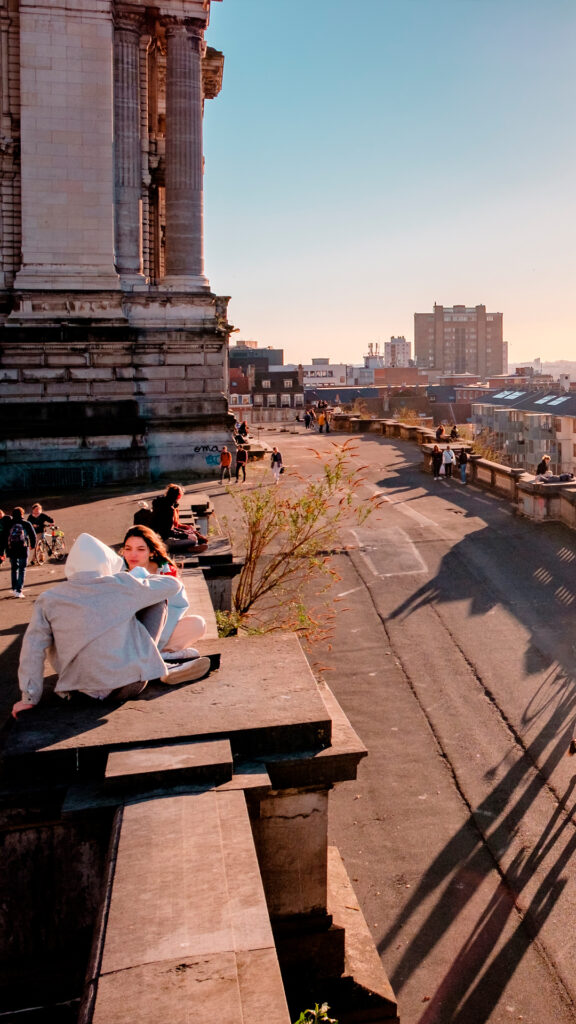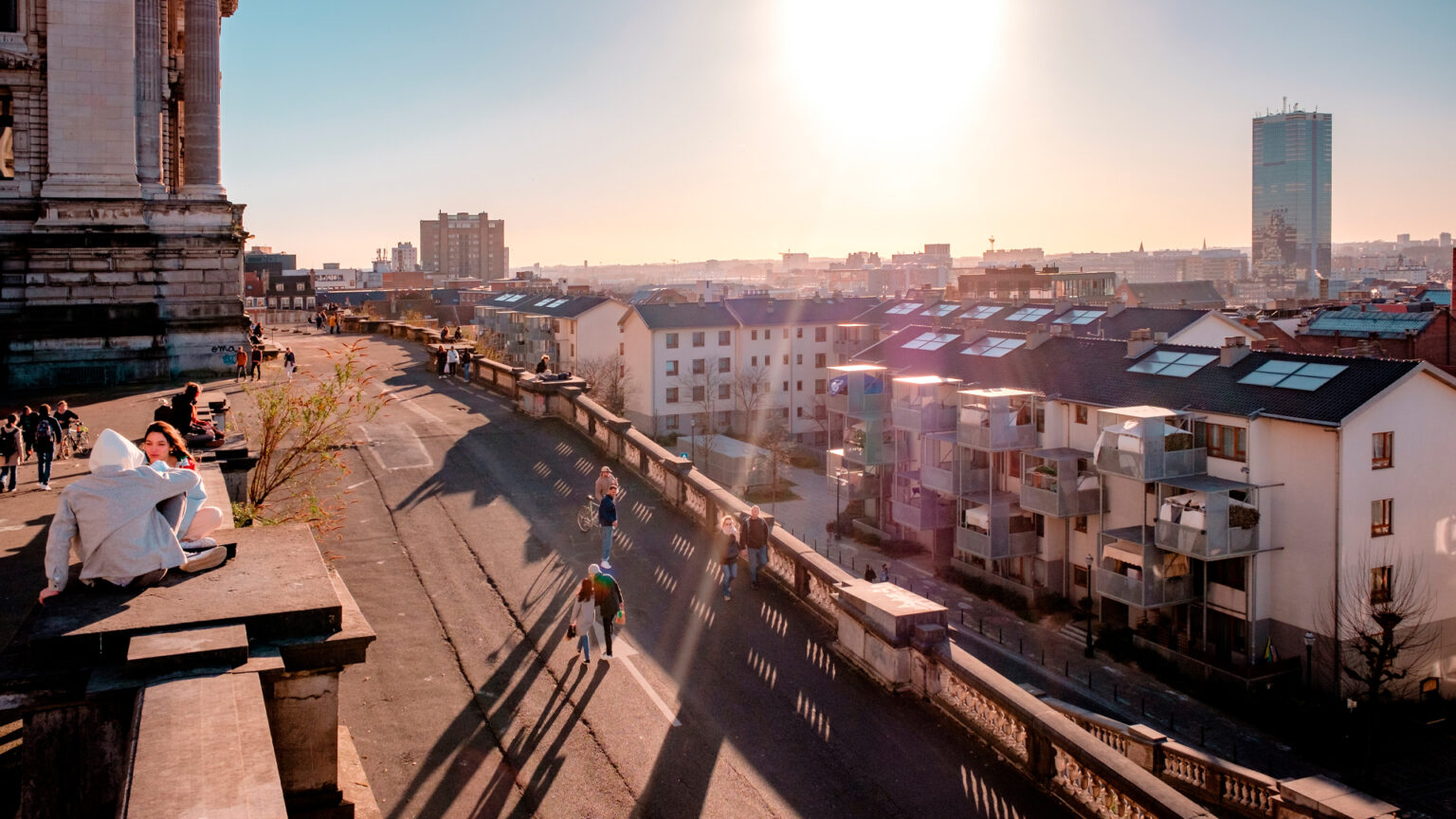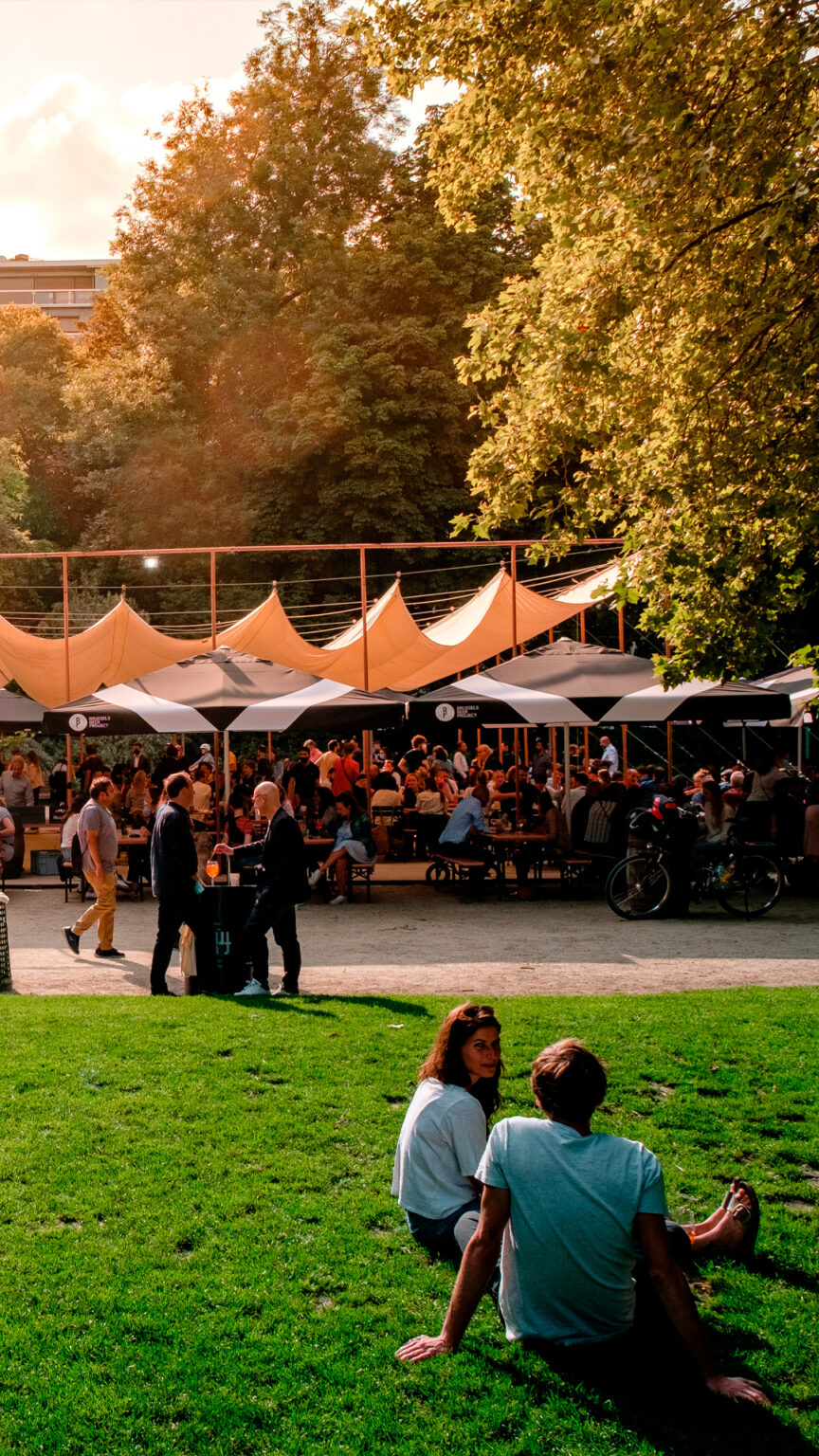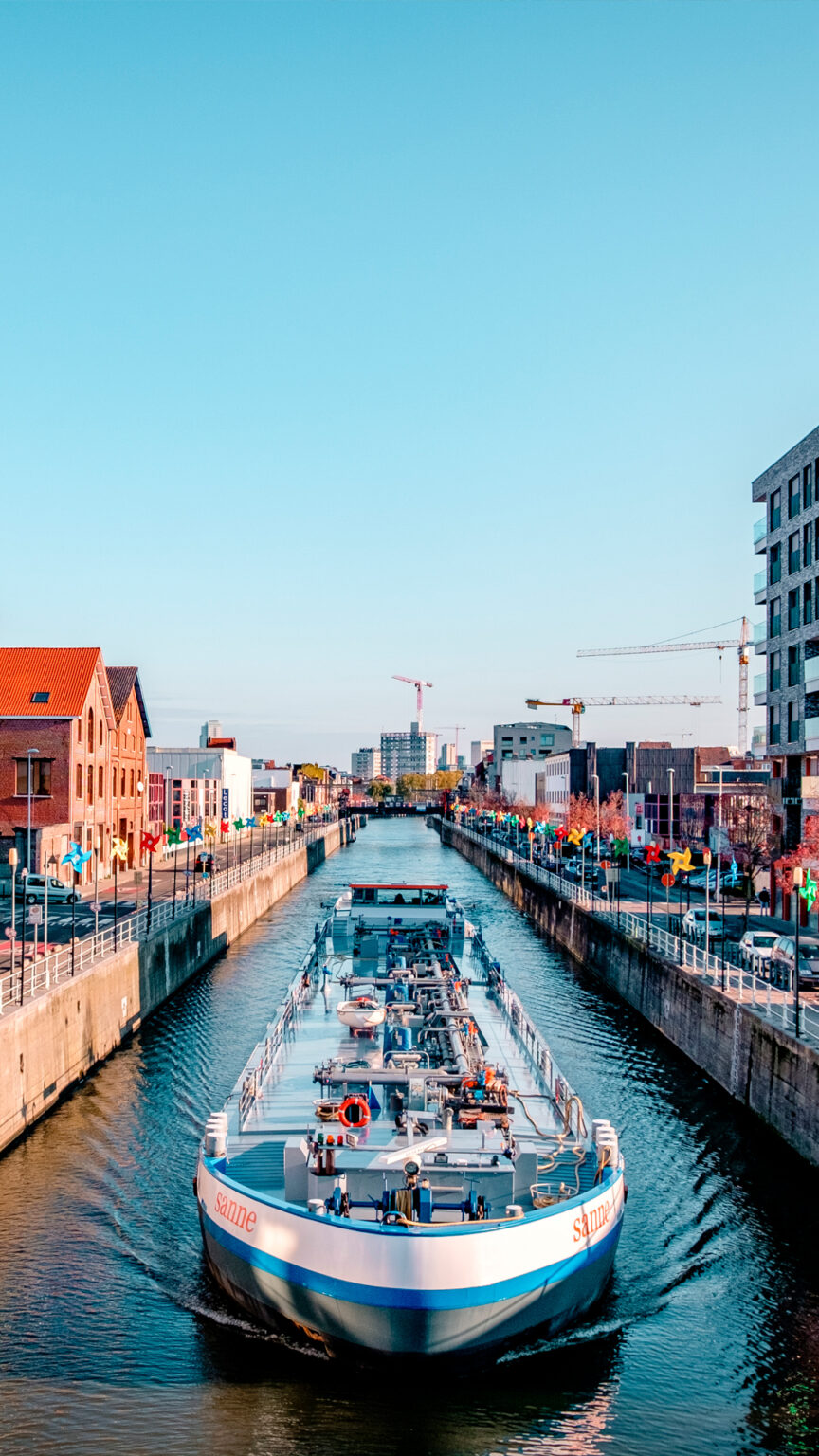A network that evolves with the city
A network that evolves with the city
As a facilitator and partner in the development of Brussels, Sibelga contributes to improving the quality of life in the capital.
Towards a public lighting network that serves the community better
Intelligent remote-controlled lights, dimming, LEDs… In 2021, Sibelga continued to modernise the municipal public lighting network in Brussels. The gradual integration of these new technologies offers concrete advantages both for the management of the network and for all users and citizens of Brussels.
“Thanks to dimming, we can reduce the intensity of the luminaires by 30% to 50%, luminaire by luminaire. This makes it possible to selectively reduce the lighting when the light is shining on a house, for example. In addition, dimming generates energy savings,” explains Serge Lamborelle, head of the Public Lighting department at Sibelga.
As for the remote-controlled luminaires, they allow for better detection and management of breakdowns. By the end of 2021, the number of light points equipped with remote controllers had risen to 7,200. “We are beginning to reach a sufficiently representative number to be able to measure the benefits,” says Serge Lamborelle.
Finally, at the end of 2021, the Brussels municipal network will have about 6,700 LED lights, or 7.6% of the network. “LED technology also allows for energy savings of around 20% compared to energy-saving bulbs (corresponding to the majority of our installations) and can save up to 40% compared to older, more energy-intensive installations. The new lights we install are now equipped with LEDs,” says Serge Lamborelle. Their deployment could accelerate in the coming years.
Brussels mostly served by rich gas
The conversion to rich gas is continuing in Brussels. As a reminder, the Brussels network, until now supplied with poor natural gas from the Netherlands, must adapt to a gas with a higher calorific value from other countries. Indeed, the Netherlands has announced the end of its natural gas exports by 2030.
After a first phase involving 51,000 customers in 2020, no less than 273,000 customers were to switch to rich gas in 2021. “This was a real challenge, because it represents more than half of Brussels,” says Alan Lespineux, LH Conversion Project Manager at Sibelga. As in 2020, everything went well and no problems were reported.
Jette, Ganshoren, Laeken, Neder-over-Heembeek, Haren, Schaerbeek, Sint-Joost, Evere, Anderlecht, Sint-Gillis and Brussels-City have now joined the list of municipalities connected to rich gas. There are still 187,000 customers to be converted by 2022, after which Brussels will be fully supplied with rich natural gas.
Building sites for the capital’s evolution
Every year, Sibelga carries out several hundred worksites in the 19 Brussels municipalities. Some of these projects are for the planned renewal of installations, while others are in response to requests linked to the urban development of Brussels and the improvement of the quality of life of its inhabitants.
For example, on the Boulevard du Jardin Botanique, a medium-pressure gas pipe was moved 120 meters during the summer of 2021. This work was carried out at the request of the Region, to allow for the planting of trees as part of the development of bicycle paths. “We regularly carry out worksites of this type, to make room for development projects,” explains Ronny Van Lint, foreman of the site. “For this project, we had a specific deadline to meet: it had to be finished by July 21, the national holiday.
In Anderlecht, the Quai de Biestebroeck is a neighborhood that is undergoing a major revival, following the authorities’ desire to revitalize the area around the canal. At the end of August, Sibelga extended the gas and electricity network to supply the new Brussels Beer Project brewery. “We took advantage of this work to install ducts for the public lighting in preparation for future developments,” says Alexandre Mievis, foreman.
In addition, several electricity cable replacement projects are an opportunity to convert sections of the network to 400 volts, instead of the 230 volts that is the majority on the network. “400 volts allows us to carry more power on the same section of cable, which will be interesting for the deployment of charging stations for electric vehicles,” explains Thomas Sterling, who as a project manager has followed several network renewal projects in Jette. The most important of these took place on Avenue Odon Warland in Jette. Sibelga laid some 1,700 meters of electric cable and made 93 electricity connections.




